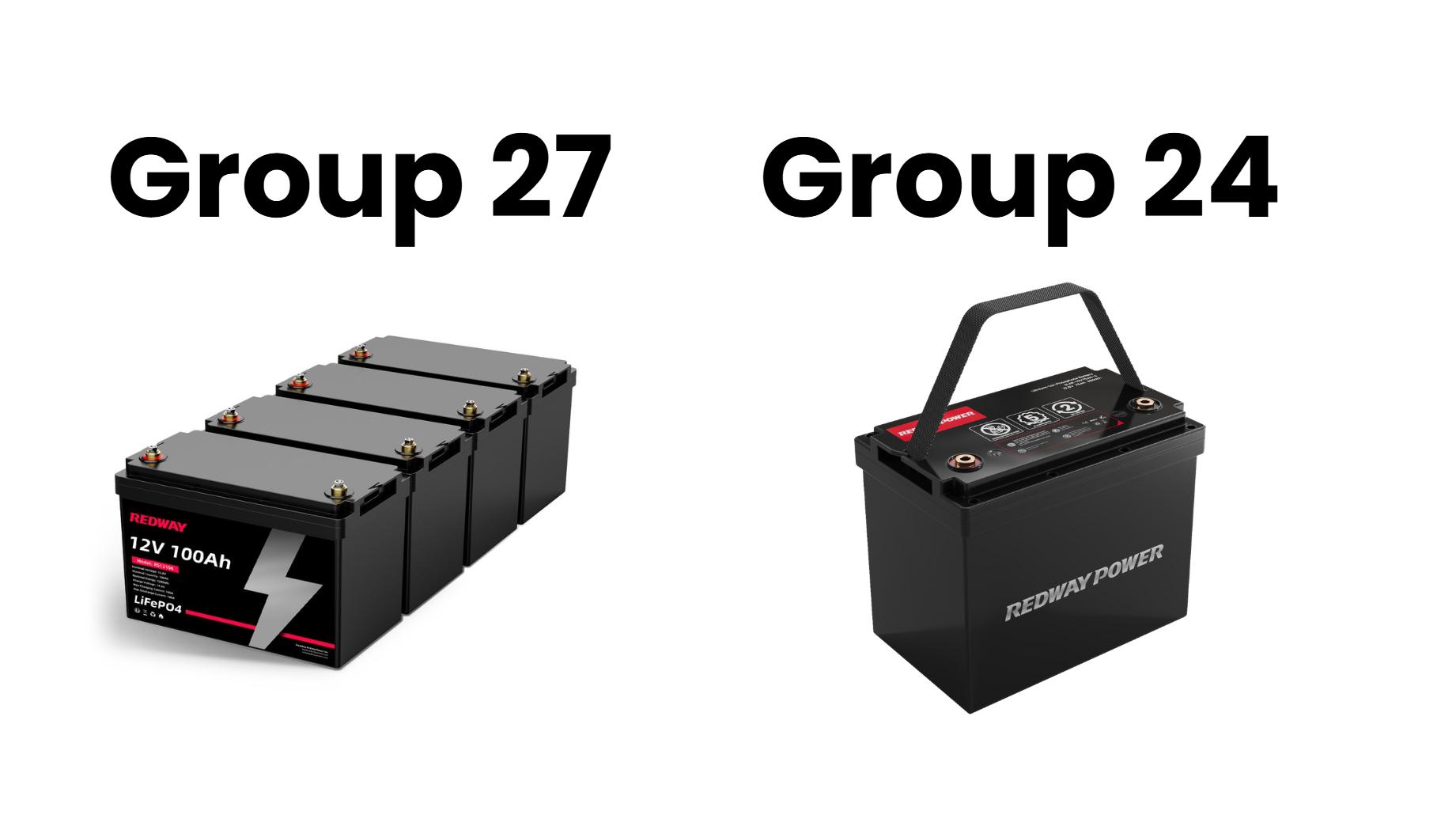Can We Charge a LiFePO4 Battery with a Normal Charger?
Charging a LiFePO4 battery with a standard charger is not recommended unless it specifically supports this chemistry. LiFePO4 requires a dedicated charger that follows its unique charging profile to ensure safety and optimal performance, as improper charging can damage the battery or reduce its lifespan.
In today’s world of portable power solutions, LiFePO4 batteries have gained immense popularity for their durability and performance. Whether you’re powering an RV, a marine application, or seeking reliable energy storage for off-grid setups, understanding how to charge these batteries correctly is crucial. One common query that arises is: Can We Charge a LiFePO4 Battery with a Normal Charger?
Introduction
LiFePO4 batteries, short for Lithium Iron Phosphate batteries, have become the go-to choice for many due to their high energy density, longer lifespan, and inherent safety features compared to other lithium-ion counterparts. However, the charging requirements differ from traditional lead-acid batteries, prompting many to wonder about compatibility with regular chargers.
Understanding LiFePO4 Batteries
LiFePO4 batteries stand out in the energy storage landscape for several reasons:
- High Cycle Life: They can endure thousands of charge-discharge cycles, making them cost-effective in the long run.
- Safety Profile: Less prone to thermal runaway and combustion compared to other lithium-ion chemistries.
- Voltage Characteristics: Operate at a nominal voltage of 3.2V per cell, lower than other lithium-ion types.
Given these attributes, charging protocols must align with LiFePO4’s specific voltage requirements to optimize performance and longevity.
Can I Use a Normal Charger for LiFePO4 Batteries?
Understanding Normal Chargers
When we talk about “normal” chargers, we typically refer to those designed for lead-acid batteries or older generation lithium-ion batteries. These chargers may not be suitable for LiFePO4 batteries due to differences in voltage and charging algorithms.
Voltage Differences
LiFePO4 batteries operate at around 3.2V per cell (nominal), which means a 12V LiFePO4 battery pack consists of 4 cells in series, totaling 12.8V. In contrast, lead-acid batteries are typically charged at 14.4V to 14.8V for a 12V system. Using a lead-acid charger for LiFePO4 batteries could result in undercharging or overcharging, both of which can degrade battery performance and lifespan.
Charging Algorithms
LiFePO4 batteries require chargers that can precisely control voltage and current throughout the charging process. They benefit from chargers equipped with algorithms designed specifically for lithium iron phosphate chemistry, ensuring safe and efficient charging without causing damage or safety hazards.
Types of Chargers for LiFePO4 Batteries
To charge a LiFePO4 battery effectively, consider these charger types:
- LiFePO4 Specific Chargers: These chargers are designed to meet the precise voltage and current requirements of LiFePO4 batteries, ensuring optimal charging efficiency and battery longevity.
- Multi-Chemistry Chargers: Some advanced chargers support multiple battery chemistries, including LiFePO4. They automatically adjust settings based on the battery type selected, offering versatility without compromising on charging accuracy.
- Programmable Chargers: These chargers allow users to input specific charging parameters, ideal for custom setups or unique battery configurations.
FAQs About Charging LiFePO4 Batteries
How do I know if my charger is compatible with LiFePO4 batteries?
Check the charger specifications:
- Ensure it supports LiFePO4 chemistry.
- Look for voltage settings that align with LiFePO4 battery requirements (e.g., 3.2V per cell for charging).
What happens if I use a lead-acid charger for a LiFePO4 battery?
Using a lead-acid charger can result in inadequate charging (undercharging) or overcharging, which may damage the LiFePO4 battery and reduce its lifespan.
Can I charge a 12V LiFePO4 battery with a 12V lead-acid charger?
It’s not recommended. LiFePO4 batteries require lower charging voltages than lead-acid batteries. Using a lead-acid charger may not deliver the correct voltage and current profiles needed for LiFePO4 batteries.
How do I safely charge a LiFePO4 battery?
Use a charger specifically designed for LiFePO4 batteries to ensure correct charging parameters are met. Follow manufacturer guidelines regarding charging voltage and current limits.
Conclusion
Navigating the world of LiFePO4 batteries involves understanding their unique charging requirements. While the question “Can I charge a LiFePO4 battery with a normal charger?” is common, the answer underscores the importance of using chargers specifically tailored for LiFePO4 chemistry. By doing so, you ensure optimal performance, longevity, and safety for your LiFePO4 battery applications.
Whether it’s for an RV, marine use, or off-grid energy storage, choosing the right charger for your LiFePO4 battery will maximize its efficiency and lifespan, providing reliable power when you need it most.
Remember, when in doubt, always refer to manufacturer recommendations and specifications to ensure the best charging practices for your LiFePO4 battery setup.


